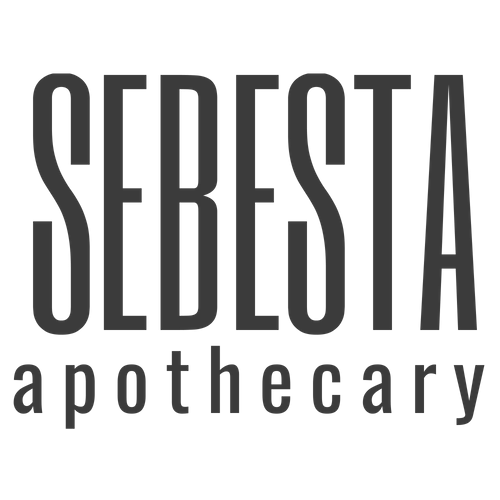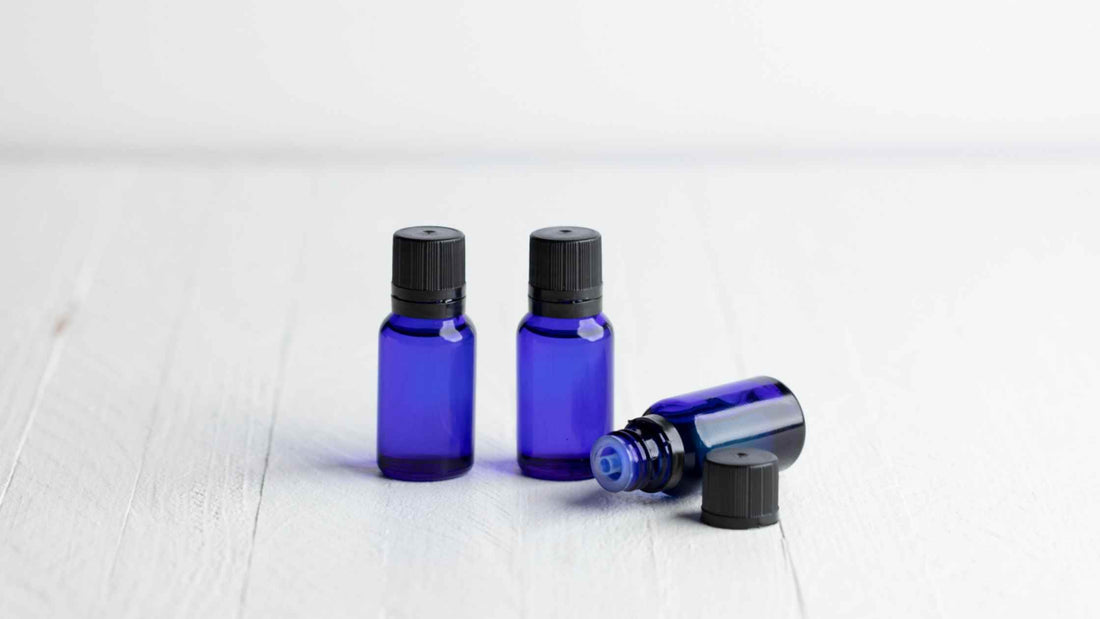Over the last ten years or so there has been a boom in the popularity of essential oils. Although it likely is due to the increase in businesses and independent consultants selling the oils it also comes from the increased education of fragrance oils.
Here at Sebesta Apothecary we exclusively use Essential oils for scenting. We pride ourselves on only creating and crafting recipes that use zero synthetic ingredients including fragrance oils.
Before we dig into the differences, let's quickly talk about regulations and oversight (or the lack of!) in this industry.
Regulations
In the US, regulation and oversight of the essential oil and fragrance oil market is almost non-existent. Because of this, there is often overuse or misuse of terms that are used to trigger consumers to purchase. For example, the word ‘natural’ has no strict definition and can be used by any company without challenge. The same goes for terms like 'Therapeutic Grade’ and ‘Commercial Grade’, these are more marketing tools than actual certified or industry standardized terms. These companies each define their products using their own definitions so a straight comparison isn’t possible.
Now for a quick look at essential oils compared to fragrance oils then we can look into each on their own.
Essential Oils vs Fragrance Oils
The biggest difference you will find is that essential oils are extracted from natural ingredients whereas fragrance oil is typically created from synthetic ingredients.

Let’s dig deeper into each.
Essential Oils
Essential oils are an extract from plants including roots, flowers, leaves, seeds, resins, and fruits. Extraction is done in a number of ways using cold pressing, steam, heat, or another liquid to separate the aromatic compounds from the plant material. The result is a pure, highly concentrated oil that has a wide array of uses from medicinal to industrial.
Using plants for healing as a practice is far from a new thing. Prior to western medicine becoming popularized, plants were the primary source of healing. There is evidence that shows even prehistoric settlements used aromatic plants to heal and prevent illness. More detailed accounts come from ancient Egyptian writings that contain more than 700 formulas and remedies based on plant material. Then specifically to the use of aromatic oils, the first recorded mention was between 3000 and 2000 BC in Indian and Chinese medical journals.
Looking to more modern history, the term “aromatherapie” was coined in 1937 by the French perfumer Rene-Maurice Gattefosse. The term was intended to differentiate between medicinal and perfume use of plants and was the result of 30 years of research and personal experience. His focus turned from perfume to medicinal when in 1910 he burned his head and hands in a laboratory accident. After following burn treatments of the time he ended up with severe infections, which he treated with pure lavender oil, an ingredient in his perfumes. This treatment apparently healed the infections and burns leaving him with little or no scarring. After the first-hand experience with its healing properties, he began researching the benefits of essential oils in the medical field. He eventually created formulations that were used for medical purposes in both military and civilian applications including their use in hospitals during the Spanish Flu outbreak and treating wounds during World War I.
While there are many essential oils available, there are some plants that are not conducive to use as an essential oil. These plants are usually far too sensitive to the distillation process or would require so much material to create minute amounts of essential oil that they are not commercially available. Some examples would be blueberry, apple and lilac.
Looking to Create And Essential Oil Blend?
We have several Aromatherapy Rollers that we have already crafted for you. Otherwise you can reference our blending suggestions below and use your own oils (or ours!) to create a personalized scent.

The Red List: When Using an Essential Oil is Not Advised
While we advocate use of essential oils over fragrances there are some instances when a fragrance is preferred. This is due to the production process or a plant’s risk of extinction.
The Red List is managed by the International Union for Conservation of Nature’s Red List of Threatened Species. They provide a comprehensive list that helps suppliers, manufacturers and individuals make conscious decisions about their actions.
You can find the database of plant and animals species that have been assessed by the IUCN here.
The Red List can be a bit overwhelming, so to make the process even more convenient, The Coalition of Sustainable Perfumery references the Red List and other resources to provide an up to date list of aromatic plants which should be avoided in the spirit of keeping the industry sustainable. They also have resources to help you find alternatives to the endangered ingredients if you are looking for similar scents or benefits. One example of an essential oil to avoid is Sandalwood due to the plant material being near endangered status.
Essential Oils And Multi-level Marketing Companies
There are some well-known companies out there that promote independent business skills along with the use of essential oils. It is important to know they are not the only option. While there is nothing wrong with their products you should expect to pay a premium and also work to decipher the ingredients in the pre-mixed oils they sell. There are many companies that you can purchase high-quality products from that don't come with a direct selling or multi-level sales method.
Fragrance Oils
Fragrance oils are synthetically produced and used in many commercially available products from room sprays to shampoos and candles. While there are many manufacturing advantages to using a fragrance oil we would generally advise against it.
In commercial production, fragrances are typically preferred for several reasons. They are generally less expensive, they have very reliable qualities (not affected by seasonal changes like essential oils), and can be formulated to produce a much wider range of scents than those available in nature.
However, it is important to know that the term “Fragrance”, when used in an ingredient list, can actually contain up to 500 different ingredients. The actual combination of which is usually proprietary or a trade secret. There are about 6000 chemicals that are currently used to scent products, all while being listed under that generic “fragrance” term. Not knowing what makes up the fragrance blend can be harmful and cause allergic reactions for some people.
In 1966 the international fragrance industry established the Research Institute for Fragrance Materials. Still, around today, this group works to review and analyze fragrance ingredients and provide guidance to both manufacturers and consumers about safety and standards. To date, they have classified more than 6000 materials.
Disclaimer: Please note that my experience and research should never replace medical advice. Talk to your doctor if you have any questions.
Do you have any other questions about either essential oils or fragrance oils?

